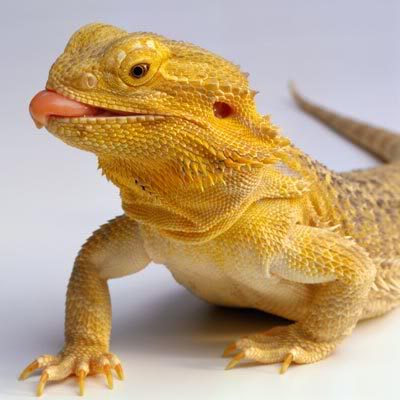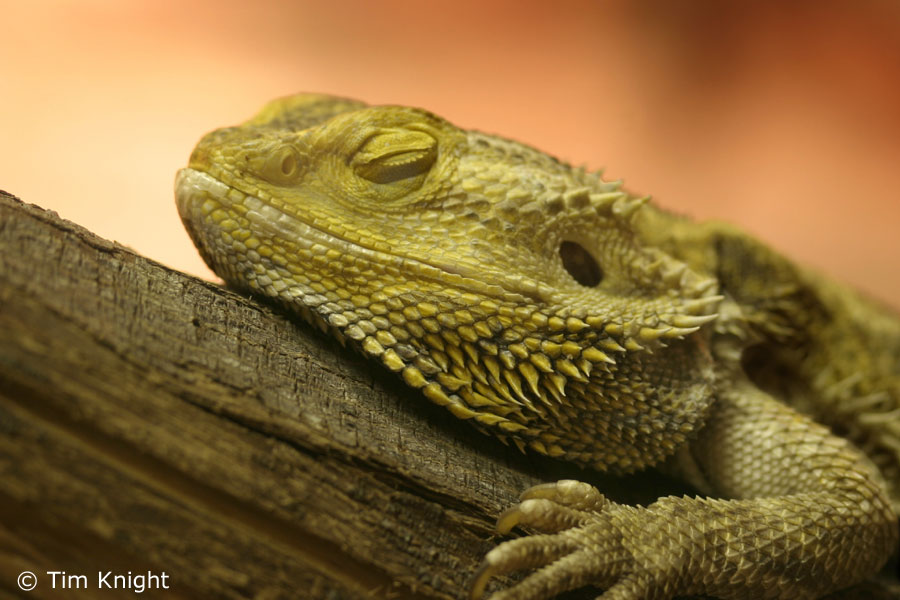Bearded Dragon Brain Anatomy: Understanding Your Pet's Brain
Introduction
Bearded dragons, also known as Pogona, are one of the most popular pet reptiles. Not only are they fascinating creatures to observe, but they also make great companions. If you have recently welcomed a bearded dragon into your life, it is essential to understand its brain anatomy. Knowing the basics can help you provide better care and a healthier environment for your pet. In this blog post, we will discuss the bearded dragon’s brain anatomy, including its structure, function, and behavior.
The Bearded Dragon Brain: Structure
The bearded dragon brain is relatively small, considering the size of the animal’s body. It weighs about 400 milligrams and is located inside the skull. The brain’s outer layer is called the cerebral cortex, responsible for processing sensory information, decision making, and voluntary actions. Inside the cerebral cortex are several specialized areas that perform various functions, such as language processing, movement control, and sensory integration.

Below the cerebral cortex is the basal ganglia, a group of structures responsible for motor control and regulating emotions, motivation, and reward pathways. The hippocampus is another brain region present in the bearded dragon, responsible for memory formation and spatial navigation. The cerebellum is located at the back of the brain and is responsible for motor coordination, posture, and balance.
The Bearded Dragon Brain: Function
Now that we have covered the structure of the bearded dragon brain, let us discuss its functions. Like all reptiles, bearded dragons have a basic motor control system that allows them to move, hunt, and escape predators. Additionally, the bearded dragon brain has evolved to perform some unique functions, such as color vision, object recognition, and social behavior.

The bearded dragon has excellent color vision and can perceive UV light, allowing it to see a wide range of colors that humans cannot. Additionally, bearded dragons can recognize objects and familiar faces, even in the absence of scent or sound. They can also communicate with each other through body language, head-bobbing, and arm-waving.
The Bearded Dragon Brain: Behavior
Finally, let us discuss some common behaviors exhibited by bearded dragons and their corresponding brain functions. When a bearded dragon is basking, it is likely due to the hypothalamus, which is responsible for regulating body temperature and circadian rhythms. When a bearded dragon displays aggression, it is usually due to the amygdala, a brain region responsible for emotions such as fear and anger.

Bearded dragons are also known to exhibit social behavior, such as living in groups or pairs, grooming each other, or even showing territoriality towards other males during mating season. These behaviors are thought to be related to the prefrontal cortex, a brain region responsible for decision making and social interaction.
Conclusion
In conclusion, understanding the bearded dragon brain anatomy can help you provide better care and appreciate these fascinating creatures even more. From the cerebral cortex to the basal ganglia and hippocampus, we have covered the essential brain regions and their functions. We have also discussed some behaviors that can be directly linked to these brain regions, allowing you to interpret your pet’s actions better. With this knowledge, you can ensure that your bearded dragon lives a healthy, happy life.
